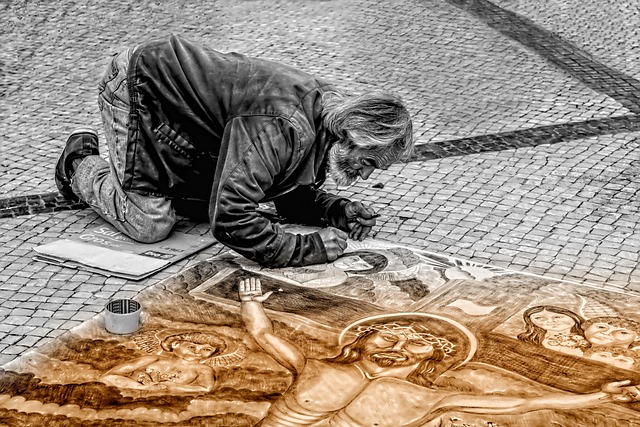When it comes to art photography, mastering the play of light can make all the difference. The relationship between light, subject, and camera optics creates a unique symphony that elevates a simple photograph into an extraordinary piece of art. Understanding how to manipulate light not only enhances the aesthetics of your work, but it also deepens the emotional impact of your images.
Every photographer knows that light is the magic ingredient in creating stunning visuals. The way it dances across surfaces, casts shadows, and highlights details can transform an ordinary moment into something breathtaking. Whether you’re capturing the vibrant hues of a sunset or the soft glow of a candle-lit room, the key lies in recognizing and harnessing the available light.
To fully utilize the principles of camera optics, one must develop an acute awareness of how light interacts with various lenses. Different focal lengths and aperture settings can dramatically alter how light is captured in your images. For instance, a wide aperture (lower f-number) allows more light into the camera, creating a shallow depth of field that beautifully blurs backgrounds – perfect for isolating subjects and enhancing their presence within the frame.
Conversely, a narrow aperture (higher f-number) deepens the depth of field, allowing more of the scene to be in focus. This technique is especially useful for landscapes where detail is paramount. By adjusting these settings, photographers can manipulate how light renders texture and contrast, thereby crafting a mood that resonates with viewers.
Moreover, the quality of light plays a crucial role in art photography. Natural light varies throughout the day, creating differing effects that can dramatically change the tone of an image. For instance, the golden hour – shortly after sunrise or before sunset – bathes the world in a warm, soft glow that is coveted by artists and photographers alike. On the other hand, harsh midday sunlight can produce stark shadows that can either challenge or enhance your compositional choices.
Don’t forget about artificial lighting, too. Mastering the use of flash, reflectors, and diffusers can help you control and shape light to suit your creative vision. Experimenting with different setups allows you to see how various lighting conditions can transform a mundane shot into an evocative piece of art.
Photo manipulation in post-processing also serves as a powerful tool to enhance your original captures. Adjusting brightness, contrast, and color balance can amplify the effects of light, making your photographs resonate on a deeper level. Techniques like dodging and burning can selectively lighten or darken areas, allowing the viewer’s eye to follow the intended path through your image.
In the realm of photography, the mastery of light is an ongoing journey. Each shot teaches us something new about the interaction between light and our chosen subjects, and how different camera settings can unlock new creative potentials. The joy of capturing a moment infused with emotion, texture, and detail is what makes art photography a rewarding pursuit. So, grab your camera, embrace the light, and let your artistic vision shine through!




